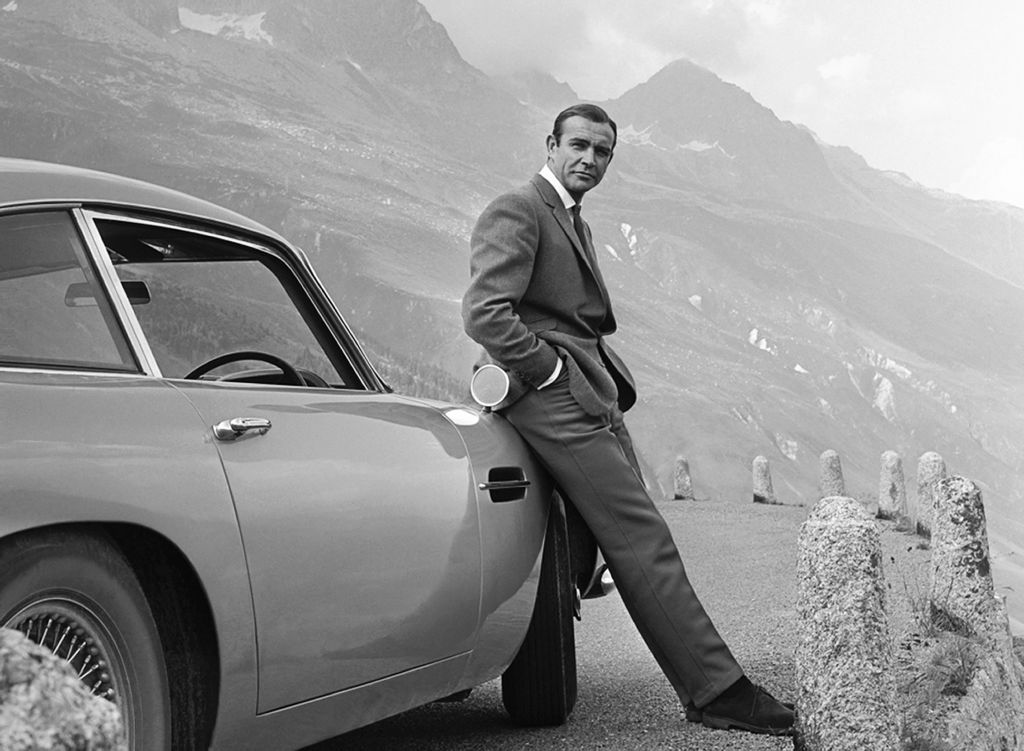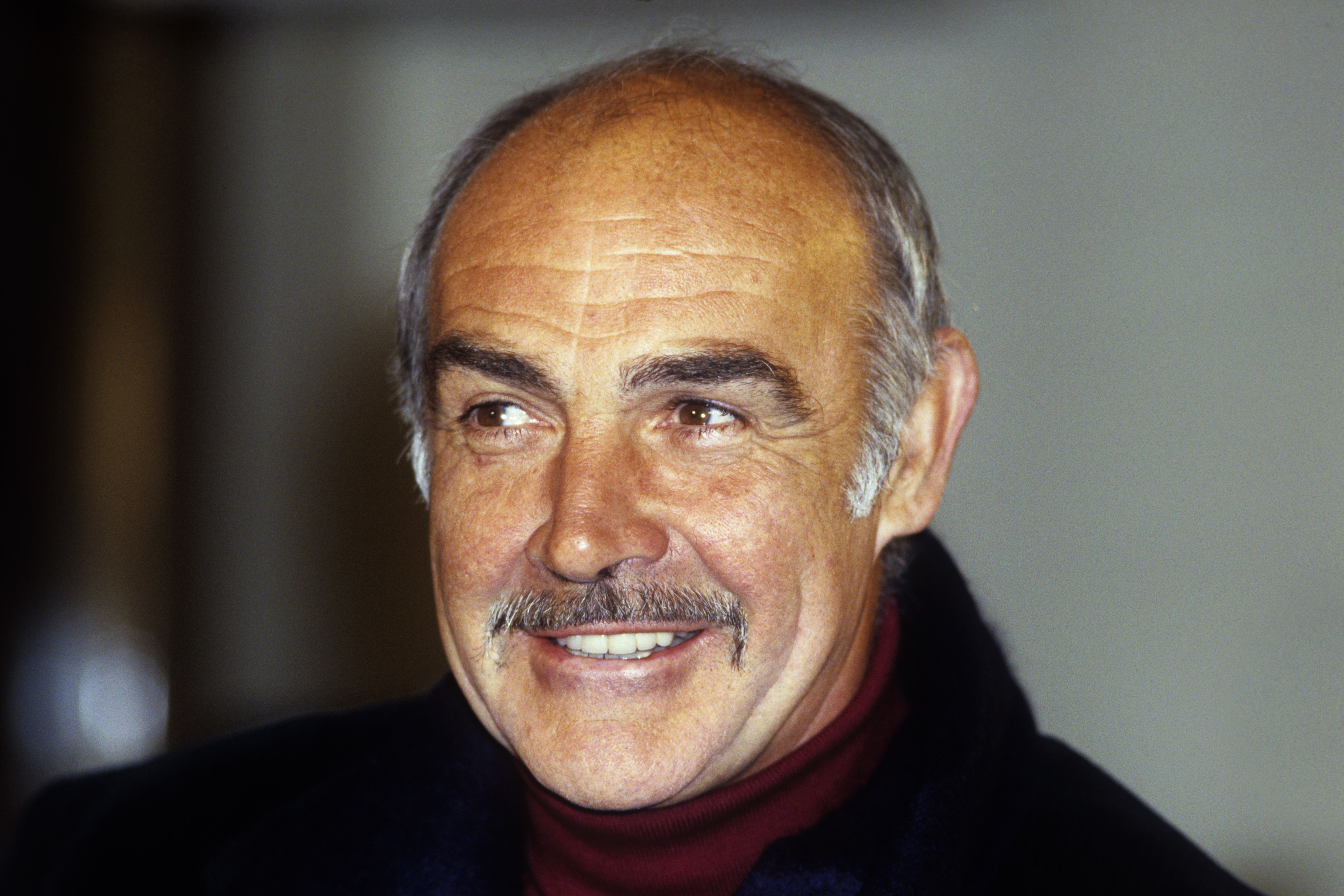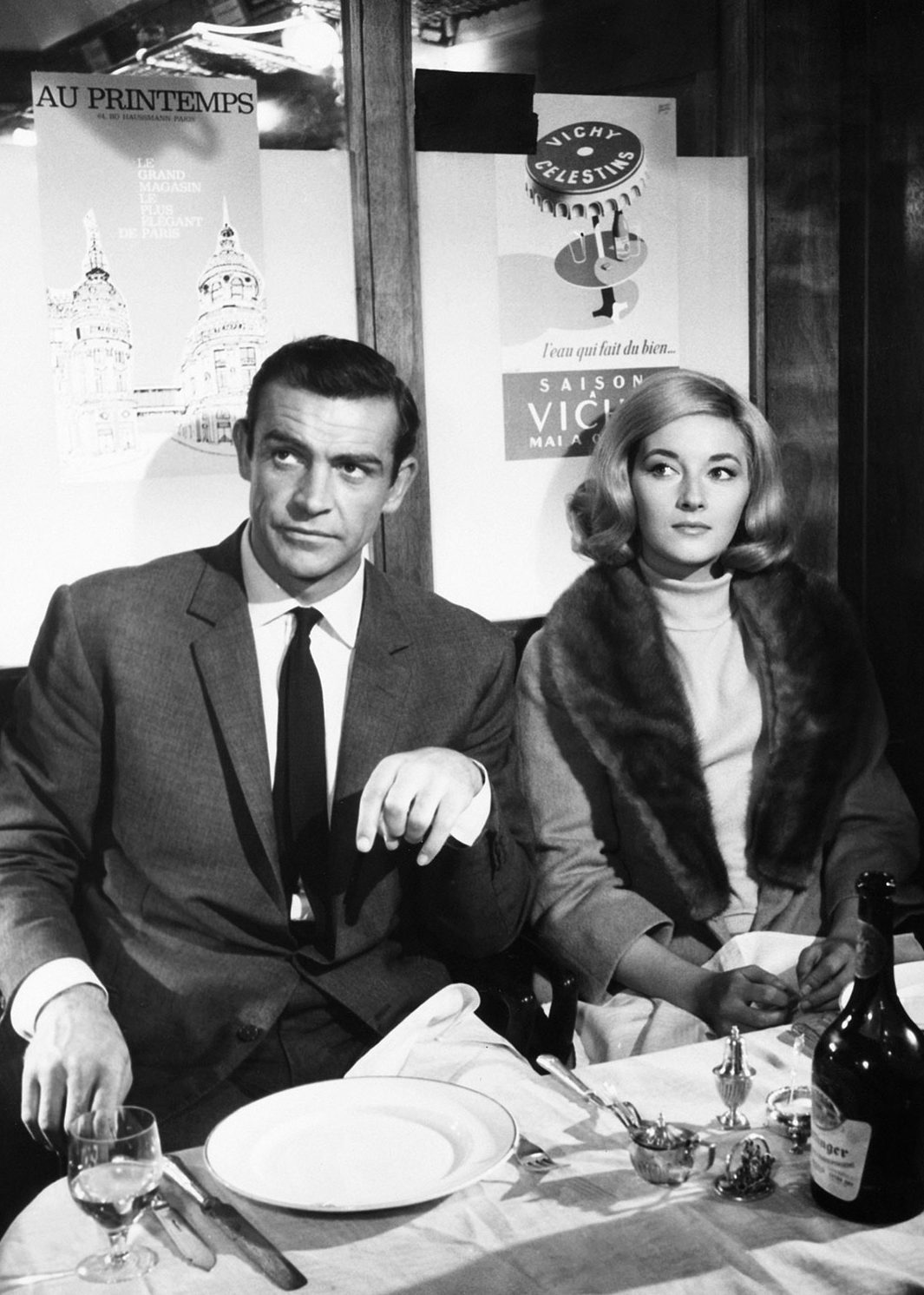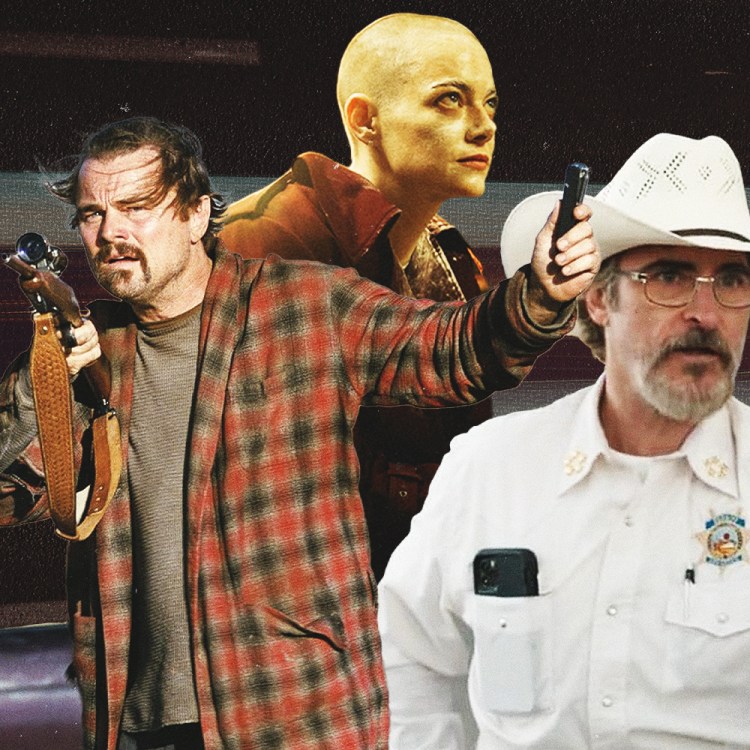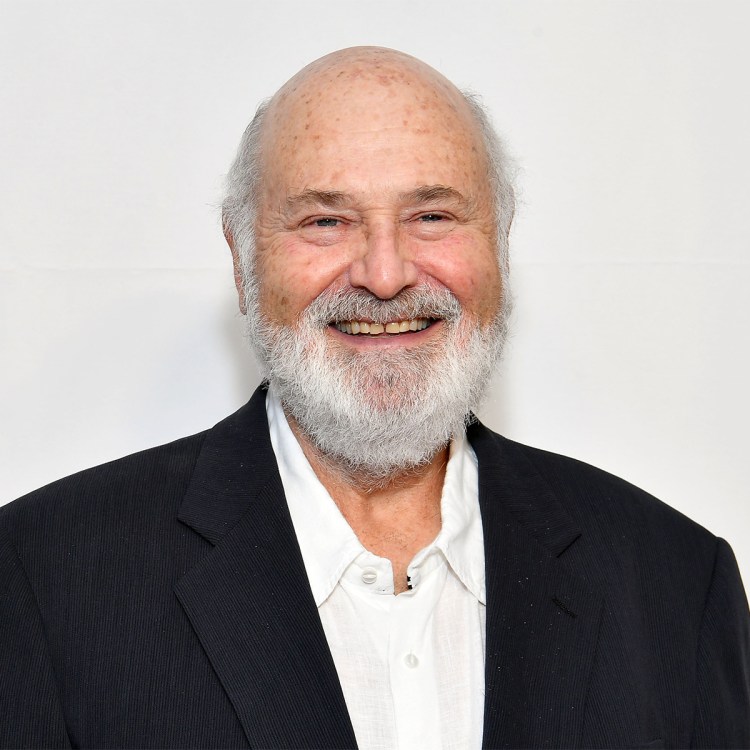Some actors might be lucky if they had one or two iconic onscreen moments in the course of their career; Sean Connery had dozens. His time as James Bond alone sparked many — but it was via a very different role much later in his career that one of the most ingenious arose. For the third Indiana Jones film, Connery showed up cast as Harrison Ford’s father — one larger-than-life actor sharing the screen with another. But instead of being a proto-Indiana Jones, Connery’s Henry Jones, Sr. is a more traditional academic, reliant on his wits and his knowledge rather than guns or bullwhips.
The scene finds both Joneses trapped on a beach as a Nazi warplane bears down on them. Indiana checks his gun and finds no bullets in the chamber. His father catches sight of some seagulls milling about in the surf and runs at them, using his umbrella to drive them into the air — where they immediately collide with the plane menacing them, prompting it to crash. Even when Sean Connery played against type, the result is one of the most thrilling action scenes in a career that abounded with them.
Connery was, infamously, not the first choice to play James Bond when he was cast in the role for Dr. No — Bond’s creator Ian Fleming preferred David Niven for the role. But in the years since then, Connery has emerged as the gold standard for Bond — and the standard for a certain class of action hero, period. Equally at home with a witty turn of phrase and a lethal maneuver? Check. A willingness to traverse the globe over the course of their mission? Check. And an onscreen persona that contained within it a trace fo the antihero? Check.
While Connery himself rarely played villains onscreen, it’s notable that two of his successors in the role — Timothy Dalton and Pierce Brosnan — have enjoyed post-Bond careers playing much more morally dubious types. And in recent years, the resurgence of action-movie protagonists who combine sartorial elegance with the capacity for lethal violence — think John Wick, think Atomic Blonde — owe more than a little to Connery’s take on Bond.
While Connery’s time as Bond made his career, the films he made playing the character were far from his only high-profile work on screen. He worked with director Sidney Lumet multiple times, on everything from the period war drama The Hill to the 1988 crime drama Family Business, which featured Connery, Dustin Hoffman and Matthew Broderick as three generations of one family.
In his memoir Making Movies, Lumet described what it was like to work with Connery: “Sean Connery will bound up the steps two at a time, rapidly shake hands all around, then plop himself down at the table, open his script, and start studying.” Elsewhere in the book, Lumet described Connery as one of a small group of actors he’d worked with who were “wonderfully helpful” when it came to understanding their characters.
Lumet wasn’t the only revered director Connery did memorable work with. We’ve covered his work with Steven Spielberg above. Connery starred in Alfred Hitchcock’s Marnie, and won an Oscar for his role in Brian De Palma’s The Untouchables. He and Michael Caine co-starred in John Huston’s 1975 film The Man Who Would Be King. This was one of a number of high-profile period pieces in which he starred in the 1970s — see also, director John Milius’s 1975 The Wind and the Lion and Richard Lester’s 1976 Robin and Marian.
With the late 1970s and early 1980s, Connery’s roles moved from period pieces to genre films— 1979’s Meteor and 1981’s Outland both come to mind, to say nothing of Connery’s supporting role in 1986’s Highlander. (There’s also 1974’s Zardoz, but attempting to classify that anywhere is a thoroughly fraught task.) Connery’s penchant for historical roles and his increasing onscreen presence in science fiction also led to a memorable role in Terry Gilliam’s 1981 film Time Bandits. And his role in The Rock, while of a piece with some of his late-career mentor performances, also found him in the midst of the zeitgeist again — in this case, the era of Michael Bay’s dominance over the action movie.
When you revisit Sean Connery’s older performances, you see a singular onscreen figure — one who’s less about lining up with what had gone before and was more about setting the tone for a new era of motion pictures. Sean Connery helped create the template for the modern action movie; decades later, we’re watching the descendants of the characters he played act lethal, be ready with a quip and look great doing it.
This article appeared in an InsideHook newsletter. Sign up for free to get more on travel, wellness, style, drinking, and culture.
